A woman in her late teens who was bothered by the shape of her nose. Her main concern was a dorsal hump and her second concern was the shape of her nasal tip. The third concern was her nose being crooked. She is shown before and again, one year after an open rhinoplasty.
Discussion: Studies show that the happiest patients after rhinoplasty are those with a dorsal hump, possibly because the correction is seen more quickly. Tip refinement continues to improve for 3 years after surgery and is impacted by the thickness of the nasal skin- if the skin is thick it is difficult to see any detailed shape changes. Her skin is relatively skin and as the swelling diminishes the created shape is better revealed.
It is difficult to fully correct a deviated nose because of residual forces in the nose that want to return to the original bend of the cartilage. We were fortunate in her case to make the nose dramatically straighter, but this is not always predictable or possible.
Her chin is “weak”, falling behind an imaginary line dropping down from the lips (“Riedel’s line” which connects the most prominent points of the upper and lower lips and is a good guide to the most aesthetic projection of the chin) and her facial balance could be improved even further with a chin implant.
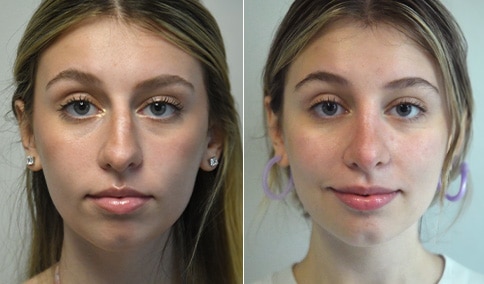
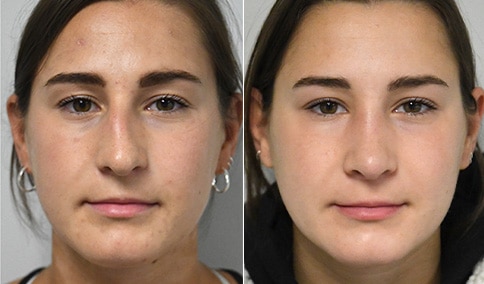
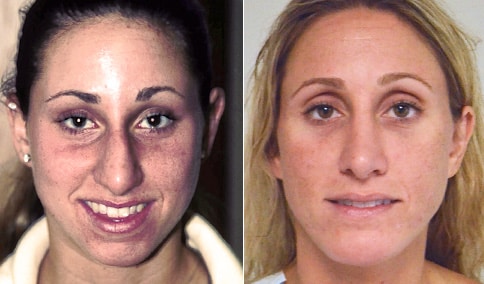
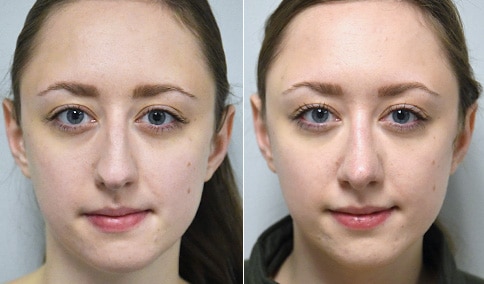
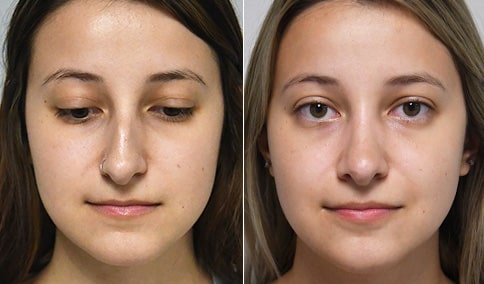
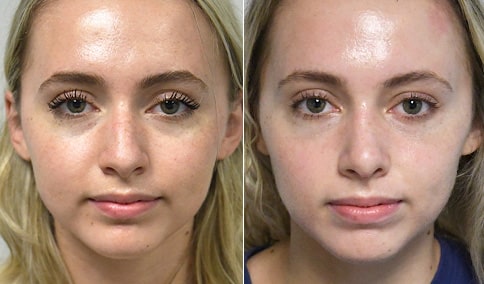
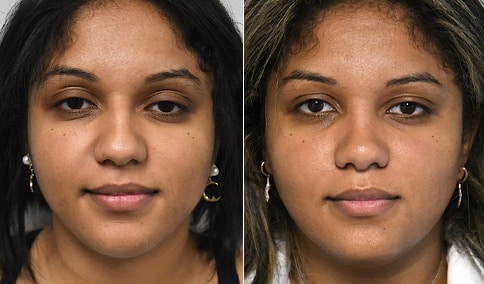
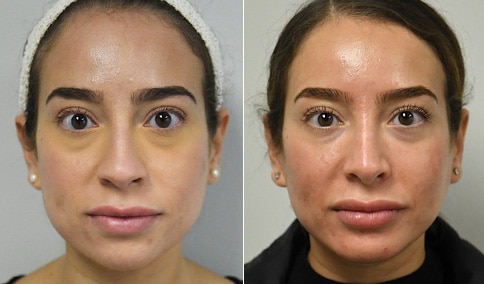
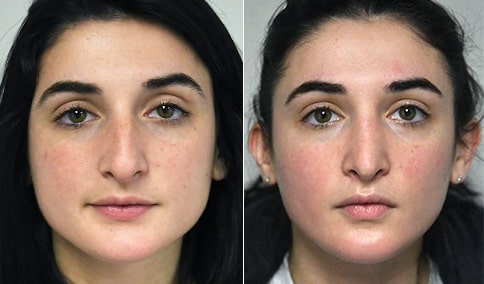
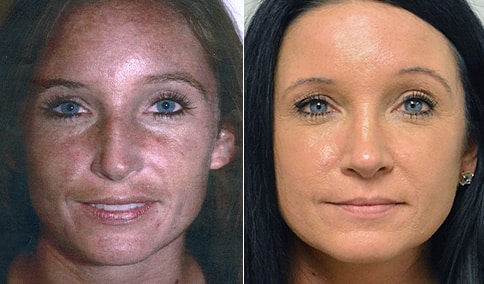
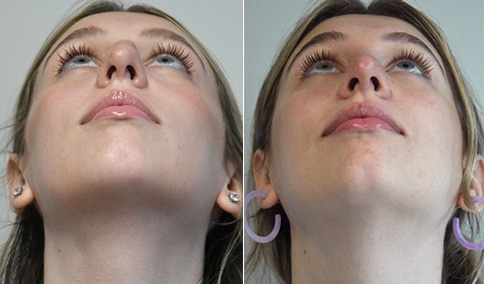
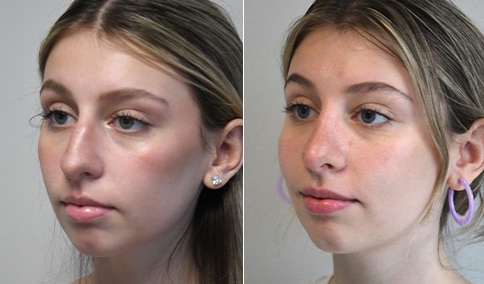
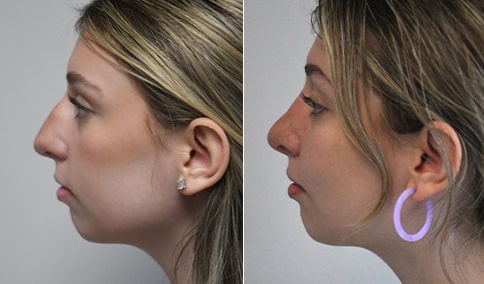
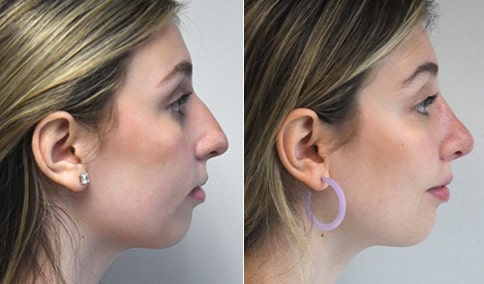
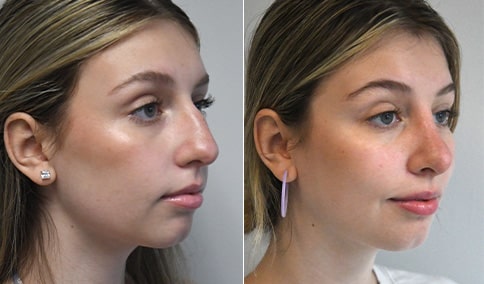
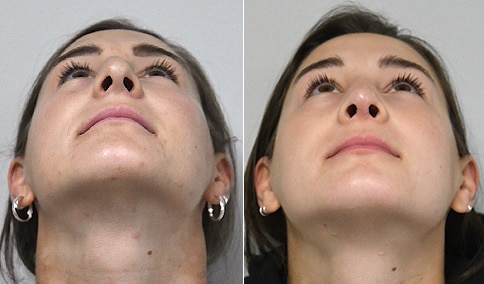

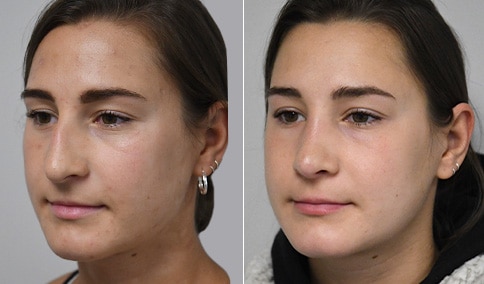
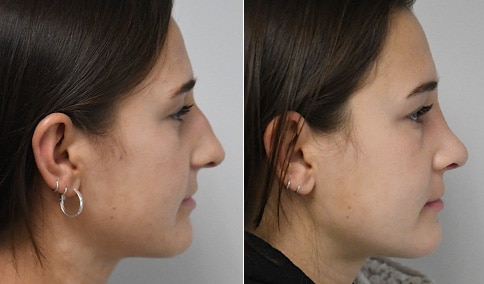
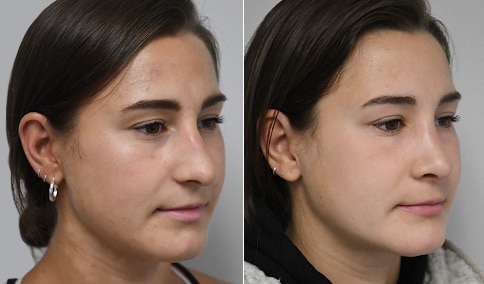
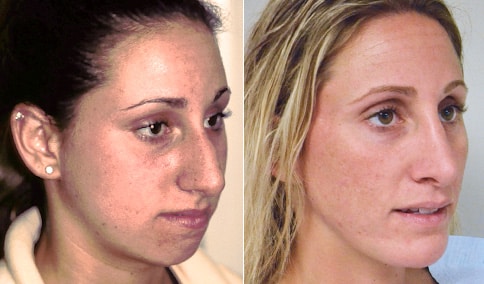
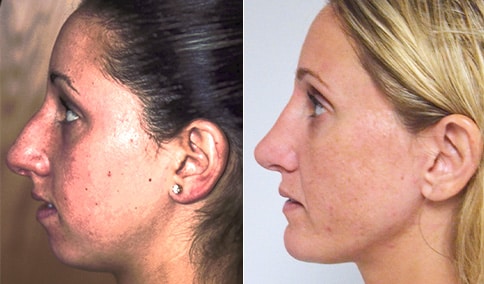
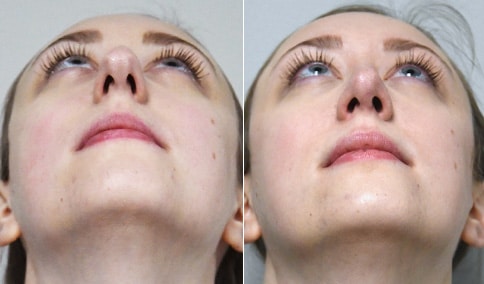
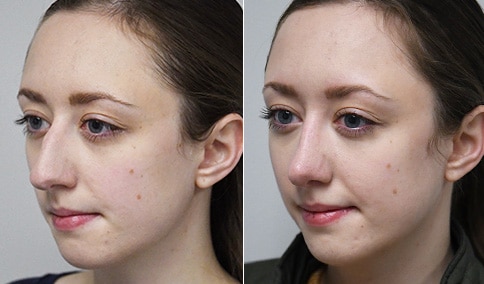

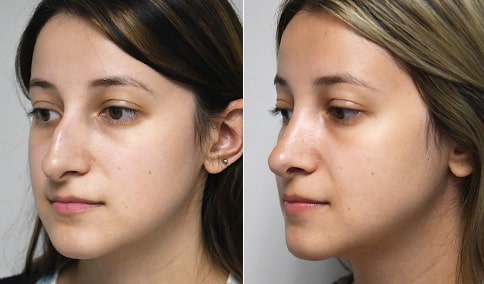
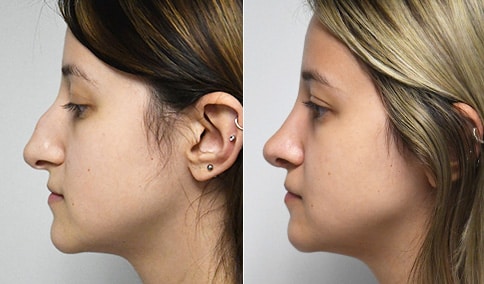
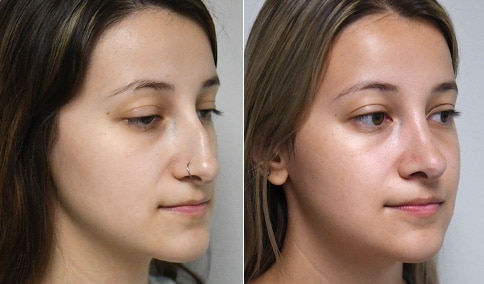
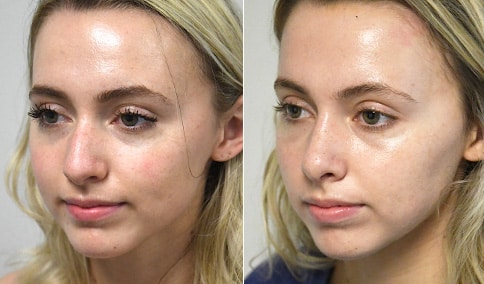

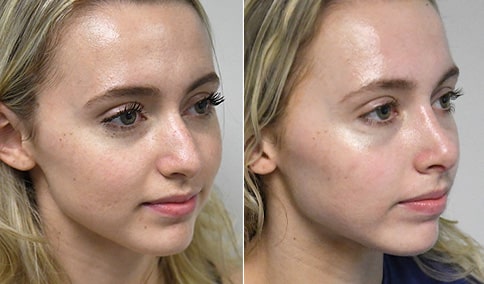
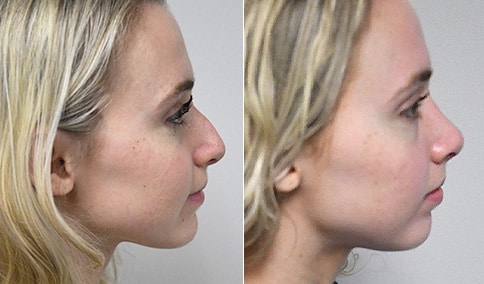
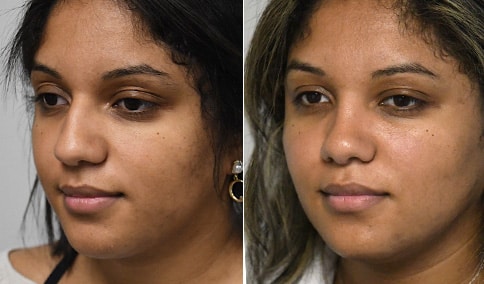
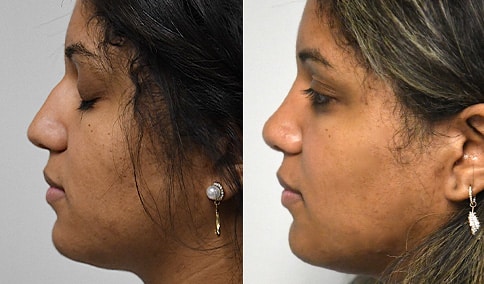
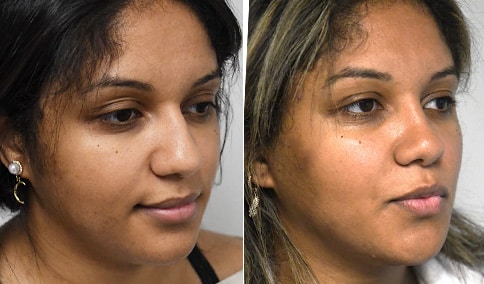
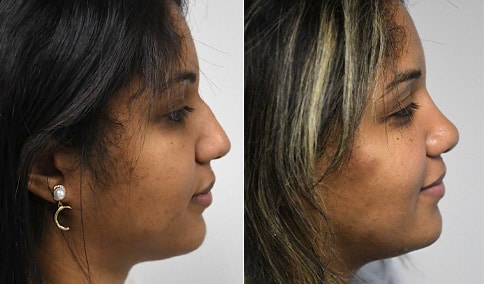
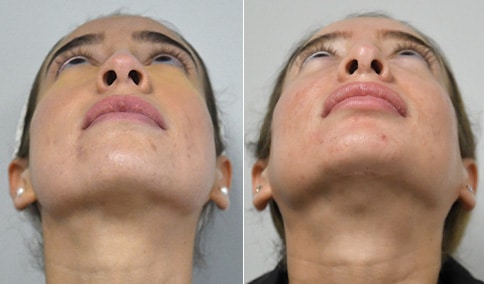
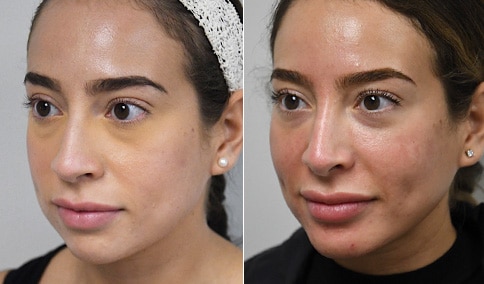
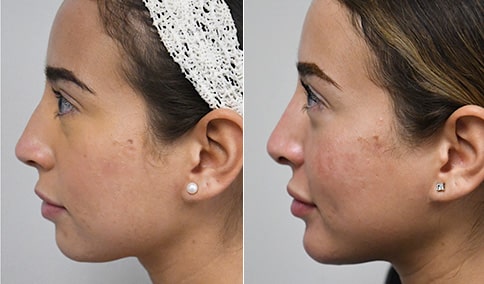
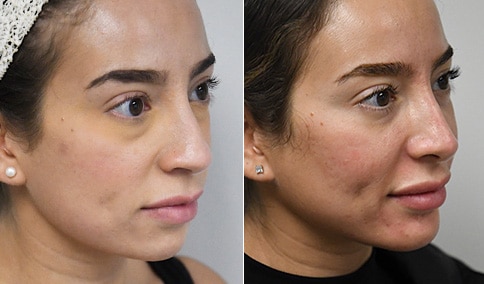
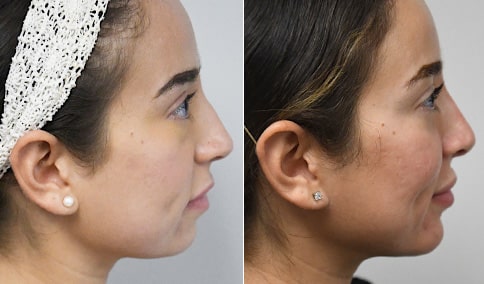
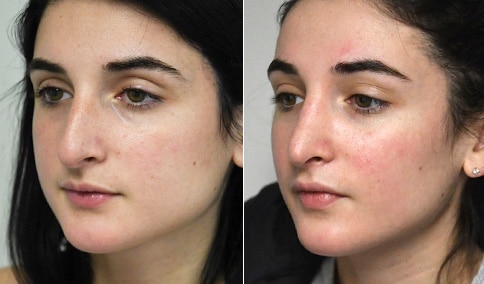
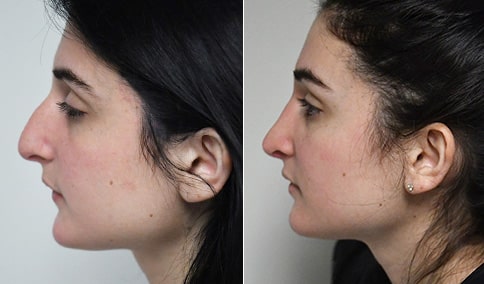
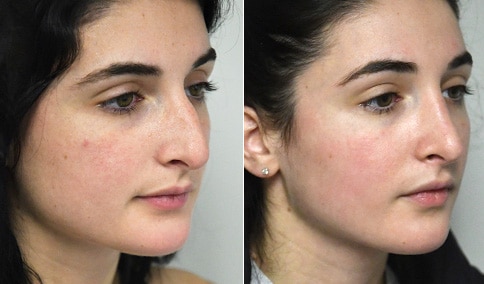
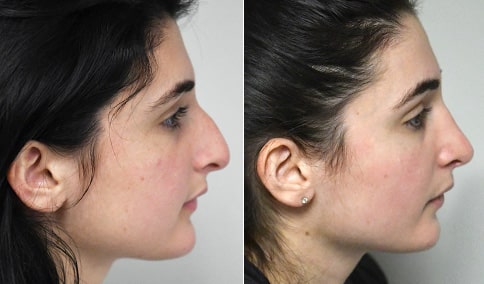
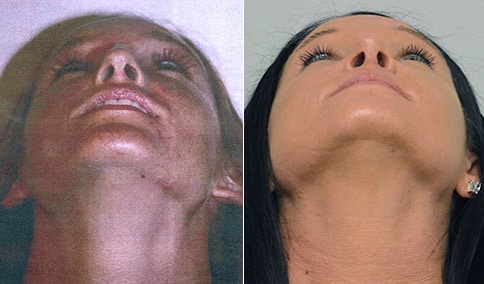
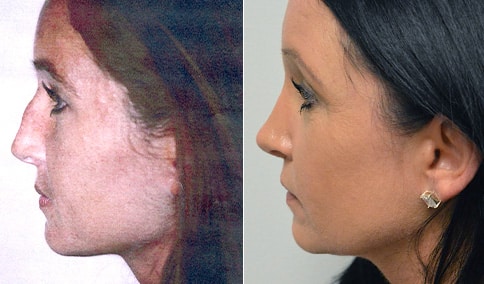
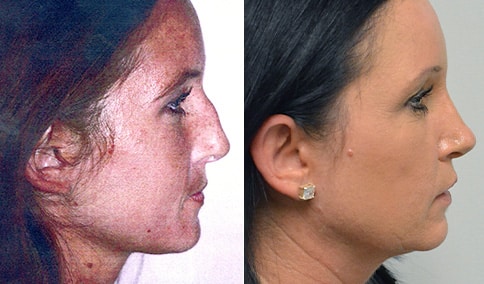





Cosmetic & Plastic Surgery Specialist
"I treat my patients like I would treat
- Jonathan D. Hall, MD, FACSmembers of my own family."
Schedule Consultation